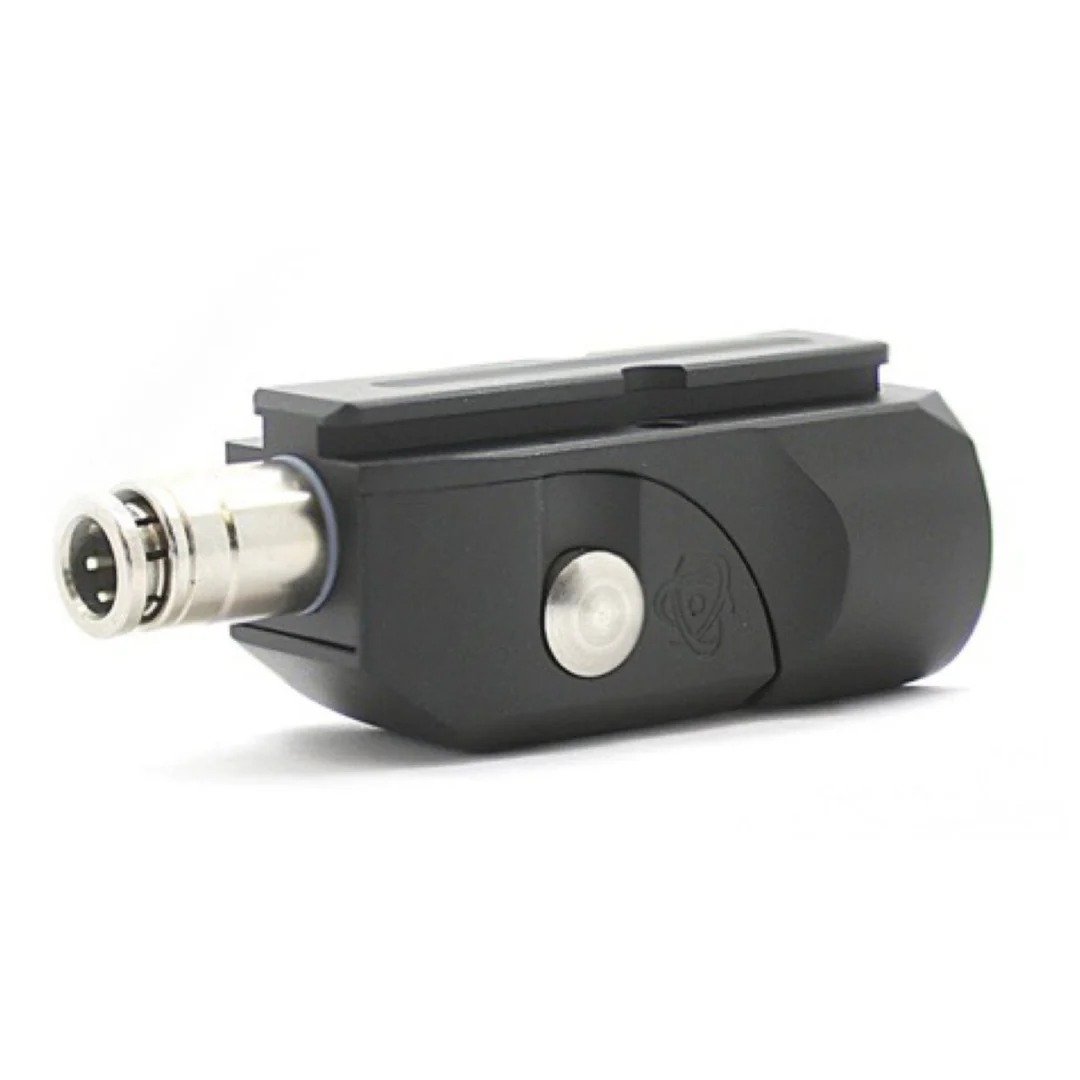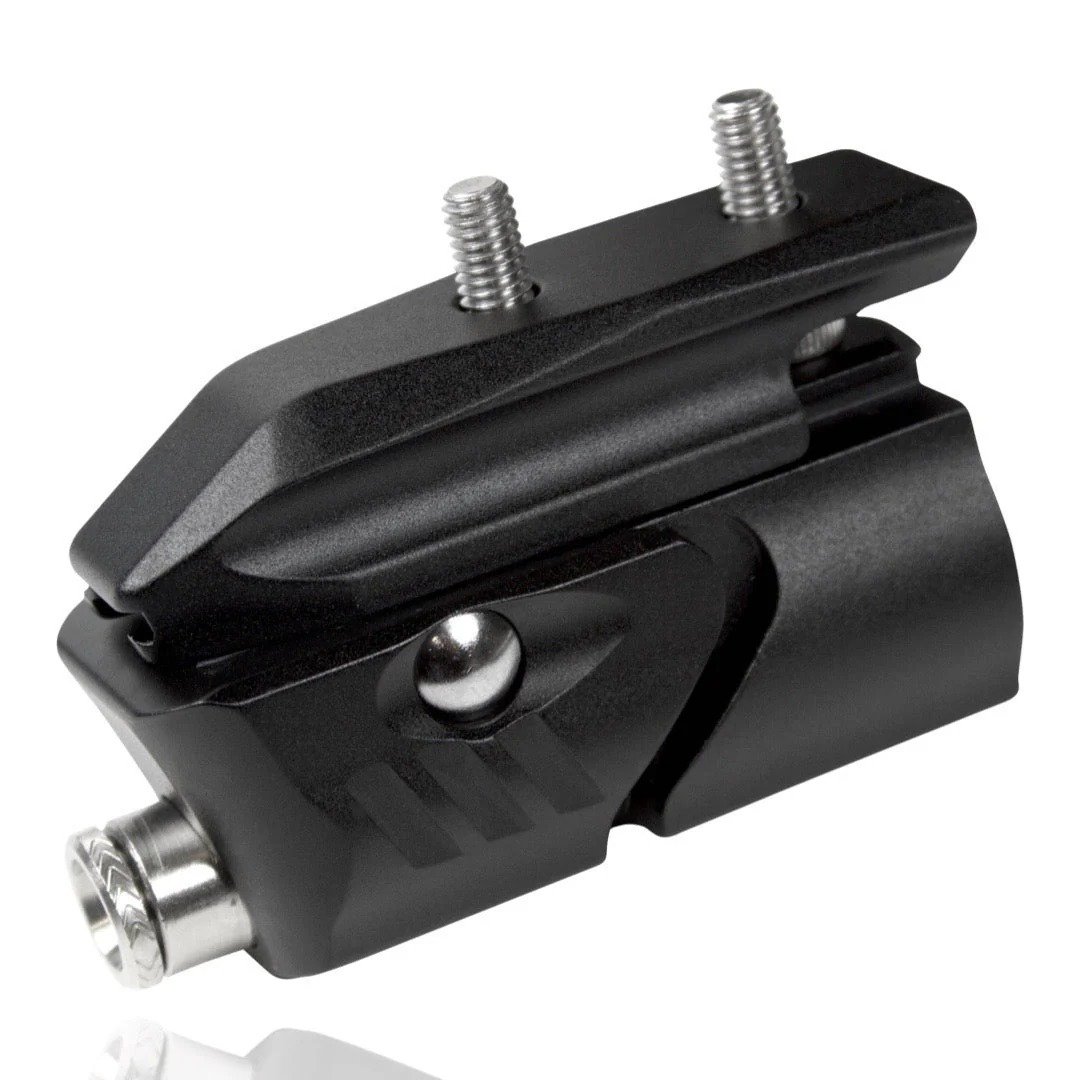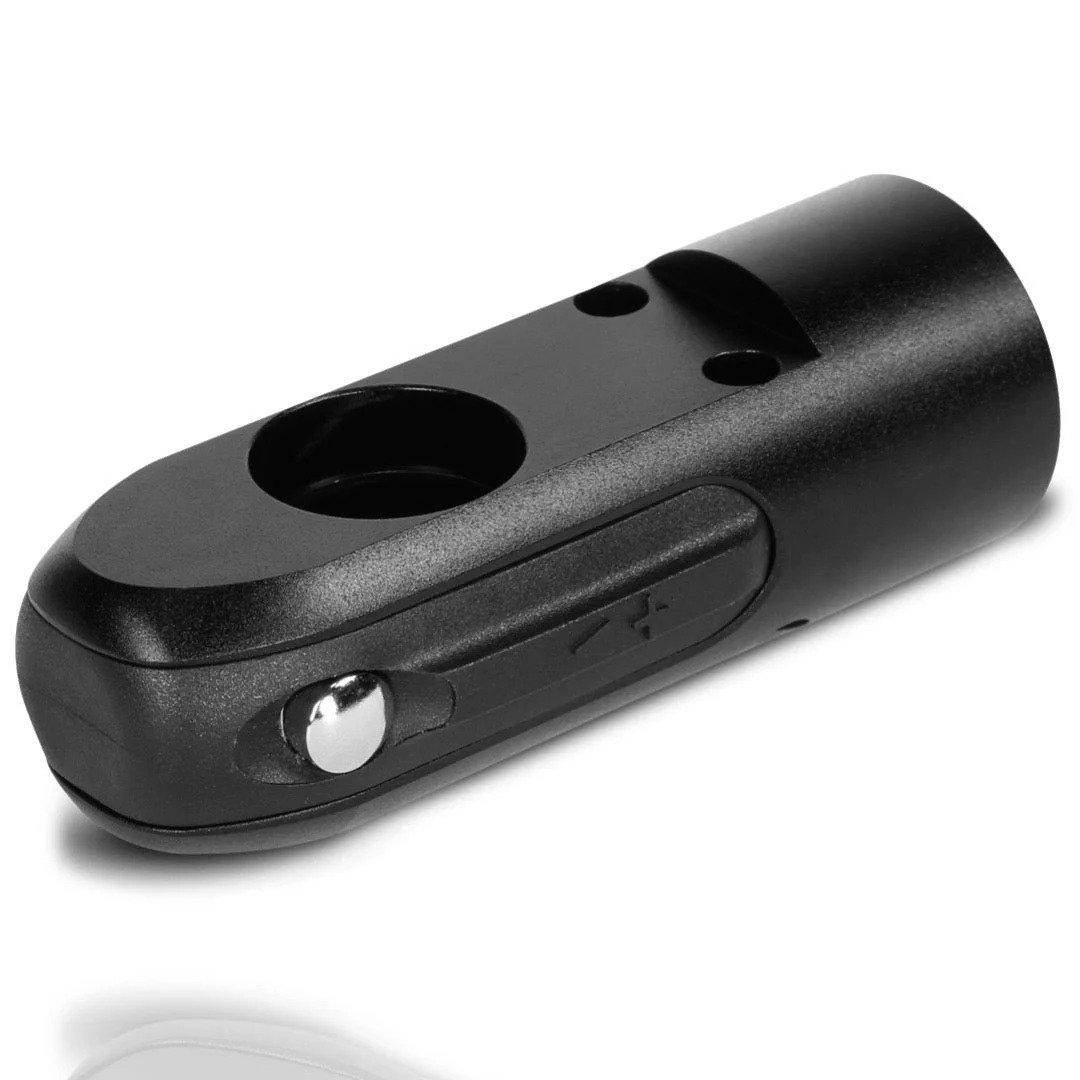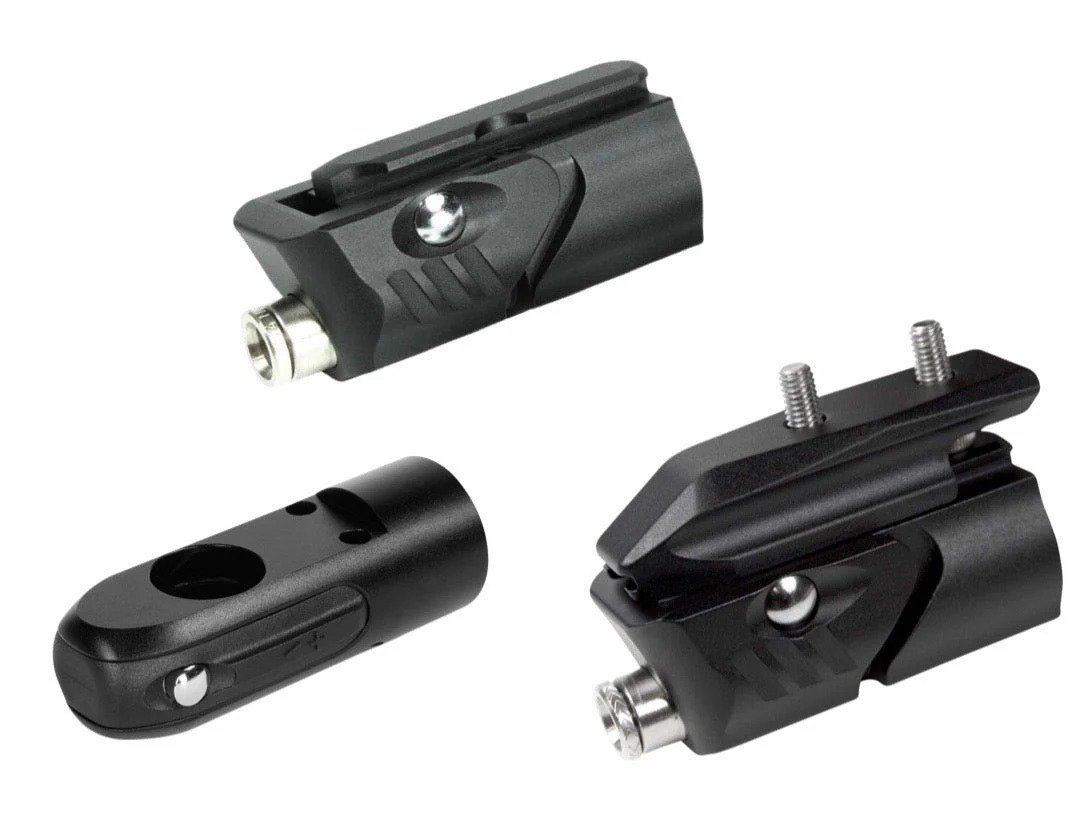Gas leaks, hissing noises, or sudden air bursts scare players and damage gear. Many paintball field owners face these problems every weekend. The solution often lies in the ASA choice.
An on/off paintball ASA improves safety by allowing operators to cut off airflow before removing the tank. This prevents sudden pressure release, reduces leaks, and protects both players and markers.
If you run a field or sell paintball equipment, knowing why on/off ASAs matter can lower equipment damage, reduce accidents, and keep customers happy.
Table of Contents
Why is an on/off ASA safer than a standard ASA?
Players often unscrew tanks while air is still flowing. This causes wasted CO2 or HPA and sometimes injury.
An on/off ASA is safer because it lets users shut off air flow before disconnecting the tank, ensuring a clean and controlled release of pressure.
Key safety differences
| Feature | Standard ASA | On/Off ASA |
| Airflow control | Always open once tank is in | Manual shut-off switch |
| Risk of leaks | Higher | Lower |
| Player protection | Limited | Stronger, controlled disconnection |
| Tank lifespan | Shorter due to stress | Longer, reduced wear on O-rings |
For a busy paintball field, this small change lowers accidents and helps staff manage equipment turnover more smoothly.
How do on/off ASAs benefit paintball field operators?
Field owners often replace damaged markers and tanks because of poor handling.
On/off ASAs benefit operators by reducing repair costs, extending tank life, and offering players safer handling.
Business advantages
- Lower equipment failure: Fewer broken O-rings and threads.
- Faster turnaround: Staff can safely swap tanks during matches.
- Better customer trust: Players feel safer handling gear.
- Cost efficiency: Safer gear means less downtime and fewer replacements.
For distributors and wholesalers, stocking on/off ASAs alongside HPA paintball cylinders can create bundled offers that attract field operators who prioritize safety.
How to maintain on/off ASAs for long-term safety?
Even a high-quality ASA fails without proper care. Paintball gear lives in tough conditions—dust, paint splatter, and constant use.
To maintain an on/off ASA, operators should clean threads, lubricate moving parts, and regularly inspect the shut-off mechanism.
Maintenance steps
- Clean after events: Use a microfiber cloth to wipe away paint and dirt.
- Lubricate the switch: Apply paintball-approved oil to moving parts.
- Check O-rings: Replace when flattened or cracked.
- Test airflow shut-off: Ensure the valve fully closes before removing tanks.
By teaching staff and players simple ASA care routines, businesses can extend equipment life and avoid unnecessary safety risks.
Conclusion
An on/off ASA provides a safer, cleaner, and more professional way to manage air tanks on the field. For operators and distributors, it means fewer risks and happier players.






